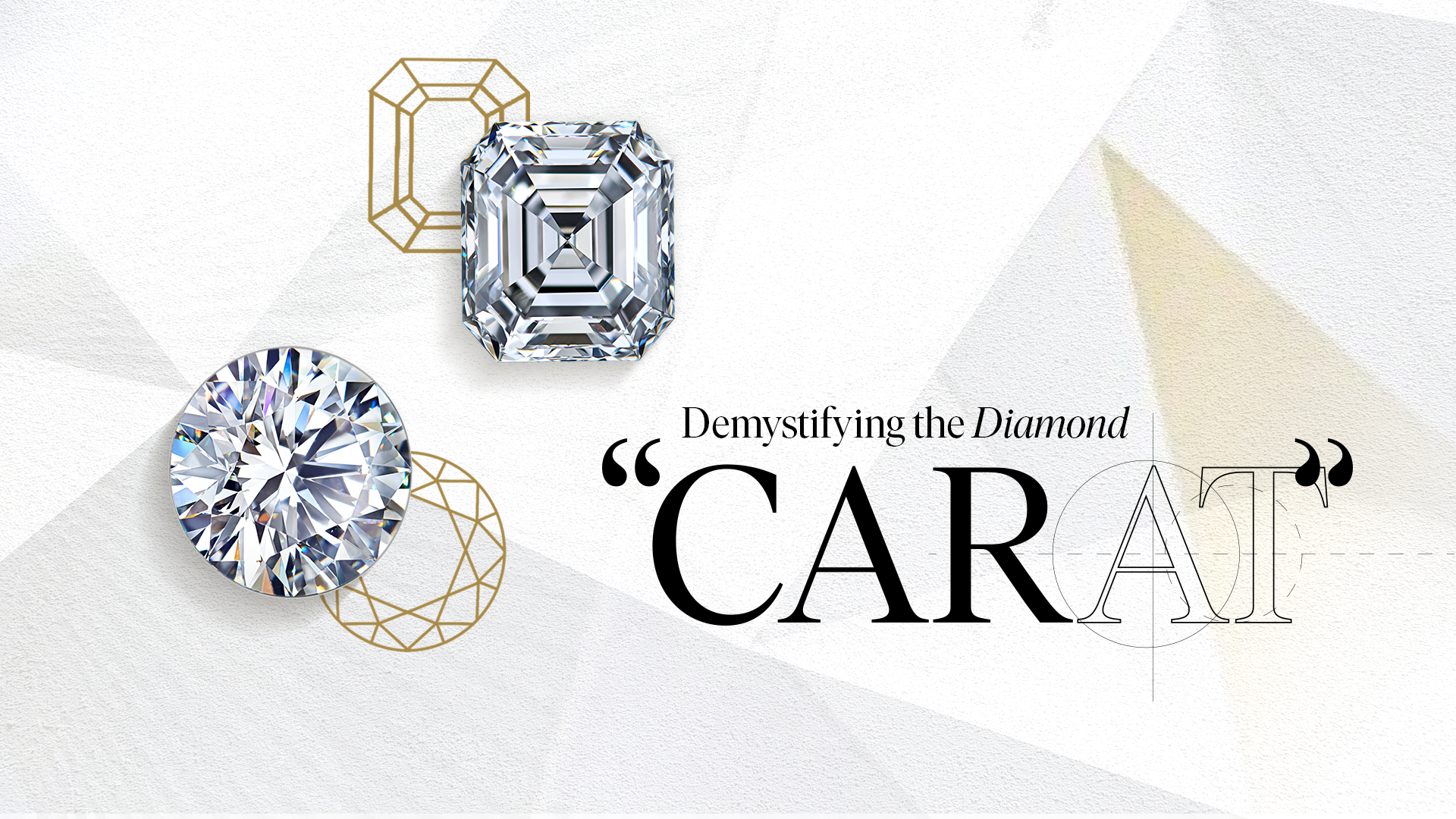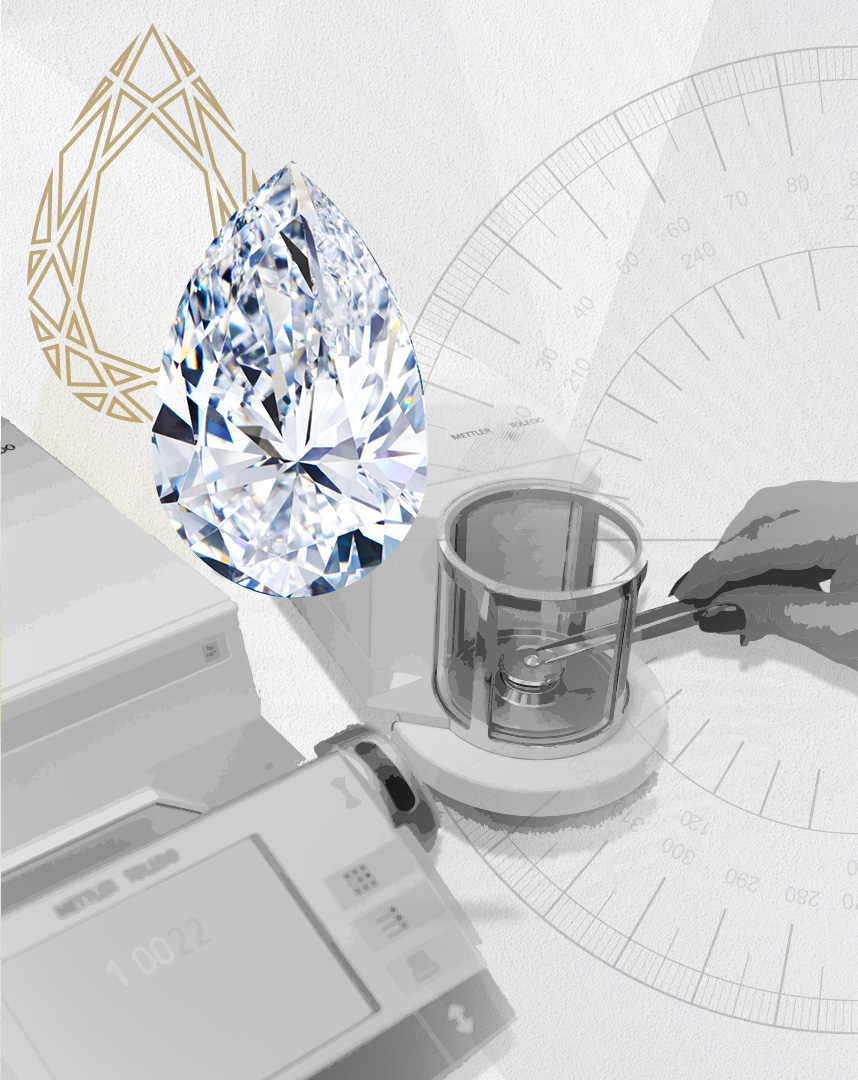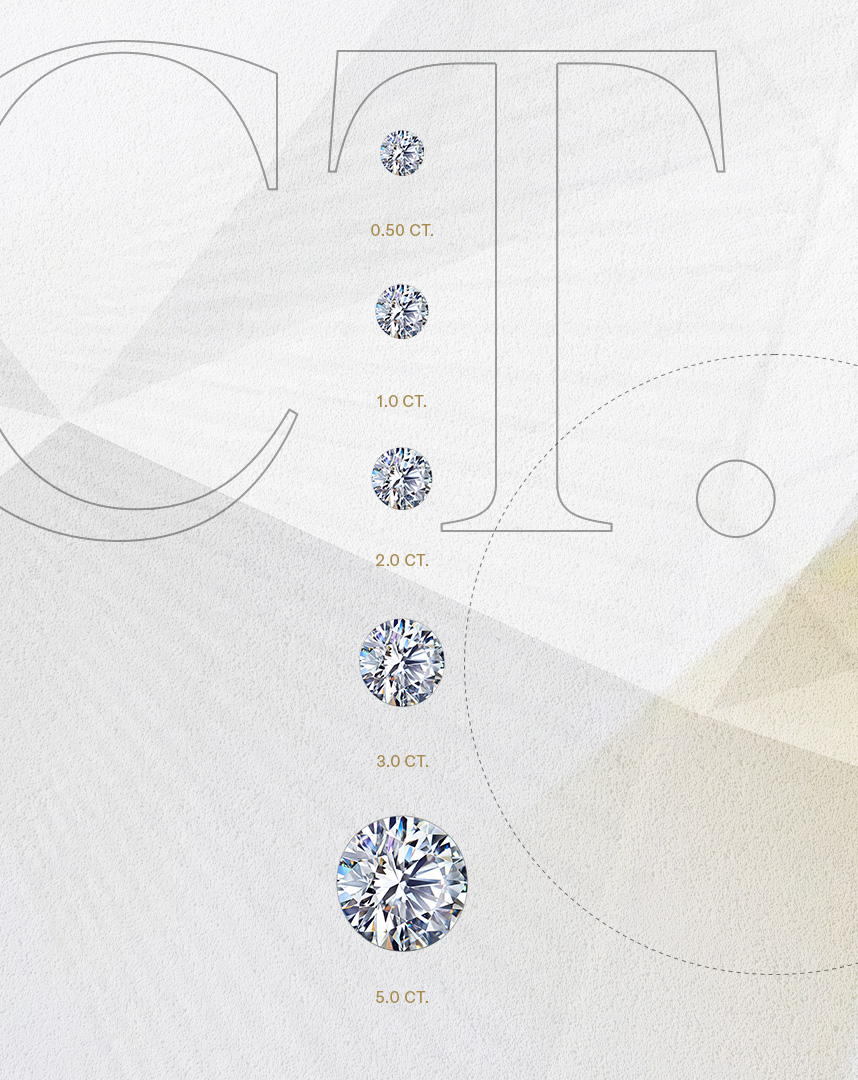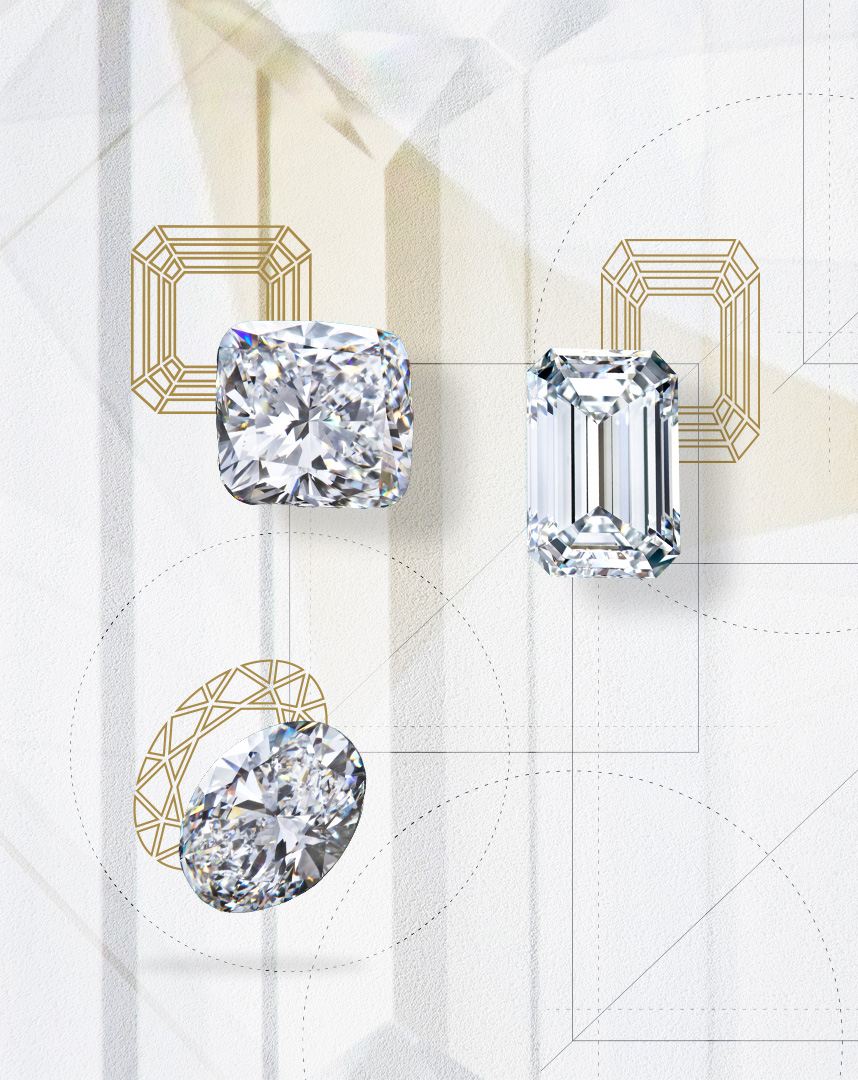Weighing in on the 4Cs – Carat
Decoding the minutiae of the science behind a diamond ‘carat’ in conversation with Sriram Natarajan, Managing Director of GIA India.

It is safe to say that the one fact people would agree upon today, is that ‘size’, truly does matter. While in any other context this fact may seem controversial, in the world of natural diamonds, there is a common belief that when the gem is bigger, it’s the better choice.
These brilliant gems, in their versatility, have become an intrinsic part of our lives. When people hear the word ‘carat’, a myriad of questions come to their minds. More often than not, however, the concept of ‘carat’ and how it can affect one’s purchase decisions is almost unclear.
To enable a sound understanding of the different aspects of the carat, we spoke to Sriram Natarajan, Managing Director GIA India Laboratory Private Limited (GIA India) and penned a discerning anthology about one of the 4Cs of quality of a natural diamond.

What is a diamond carat?
“‘Carat’ is the standard unit of weight for diamonds and other gemstones. In order to understand what a diamond carat measures, it would help to know the origins of the modern carat system. Carat weight started with the carob seed, when early gem traders used the small, uniform seeds as counterweights in their balance scales. Today, the metric carat is defined as one-fifth of a gram or 0.200 grams in every corner of the world,” explains Natarajan.
How is a carat calculated?
“Each carat is subdivided into 100 ‘points.’ A point is one hundredth of a carat. Diamonds are weighed to at least a thousandth (0.001) of a carat and then rounded to the nearest hundredth, or point. A jeweller may describe the weight of a diamond below one carat by its ‘points’ alone. For instance, the jeweller may refer to a diamond that weighs 0.25 carats as a ‘twenty-five pointer.’ Diamond weights greater than one carat are expressed in carats and decimals. A 1.08 carat diamond would be described as ‘one point oh eight carats’”, said Natarajan.

Does diamond size determine perfection?
When it comes to diamonds, bigger does not always mean better. People often want to purchase a natural diamond with a sparkle that drops jaws and turns heads. However, opting for a bigger sized gem doesn’t guarantee the visual pizazz of the buyer’s dreams. That’s because a natural diamond’s fire, brilliance, and scintillation comes to life with the cut of the gem.
The same principle applies to a diamond’s carat weight. “Equating carat weight and size seems like common sense, but it doesn’t always work. Different gem materials have different densities (mass per unit of volume), so two different types of gems, for example a diamond and a ruby, that have the same carat weight may actually have very different sizes. What’s more, the way a gemstone is cut also affects its perceived size. A poorly cut round brilliant diamond may be too deep or have a girdle that is too thick. Extra weight can be hidden in or below the girdle. Once the diamond is set, you won’t see this “hidden” carat weight, so a poorly cut 1.20 ct diamond may appear to be the same size as a well-cut 1.00 ct diamond. You end up paying for added weight with no added benefit. This is where the diamond’s cut grade – more than its carat weight – becomes important,” added Natarajan.
What’s the impact of carat weight on diamond prices?
The price of a natural diamond has little to do with its size and a lot to do with its carat weight. People assume that with every categorical size increase is directly proportional to the price of the diamond. However, the truth is, the price of a natural diamond increases with every carat mark, not its size.
Although a 0.90 ct natural diamond is semantically almost the same as a 1 ct diamond, there is a significant price difference between the two, with little to no differences in their visual quotient.
Even though Carat plays a significant role in helping one make the decision to buy the right natural diamond, the final decision is made considering the other Cs as well.
Natarajan further elaborates on this point, “A diamond might look bigger than another of the same shape and weight, but may be less appealing overall. That’s because there might be many factors at play, especially those related to the quality of the diamond’s cut and how its weight is distributed.”

Can a diamond of any carat look bigger than its weight?
There are certain fancy shaped diamonds that can optically allude to appearing a certain size, especially if it is an elongated shape such as ovals, rectangles and the marquise.
One could also consider various engagement rings settings that often make a diamond appear bigger – such as illusion, cluster, halo, pavé, bezel or invisible settings. Pair any of these with a thin band, irrespective of the stone’s carat weight, for the magical diamond effect.
Which diamond carat is perfect for your sparkling choice?
Choosing the right carat weight for your natural diamond is no easy task. It’s a combination of all the 4Cs, including the cut, colour and clarity of the diamond, as well as your budget.
Whether it’s a single diamond solitaire or a necklace studded with hundreds of natural diamonds, carat becomes a parameter in considering whether or not the piece gets added to one’s jewellery collection.
Thus, to help you find the exact diamond that inspires life within you, insights into the significance of ‘carat’ and what it stands for holds utmost importance – for natural diamonds are for life, they are a girl’s best friend, and in the words of actress Jacklyn Smith, “as unique as angels that grace heaven – none alike another”.
All diamond images by Mouawad.
